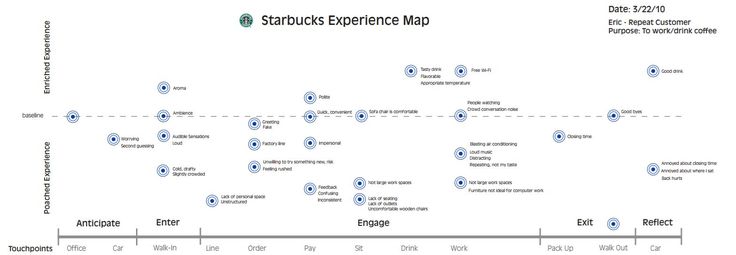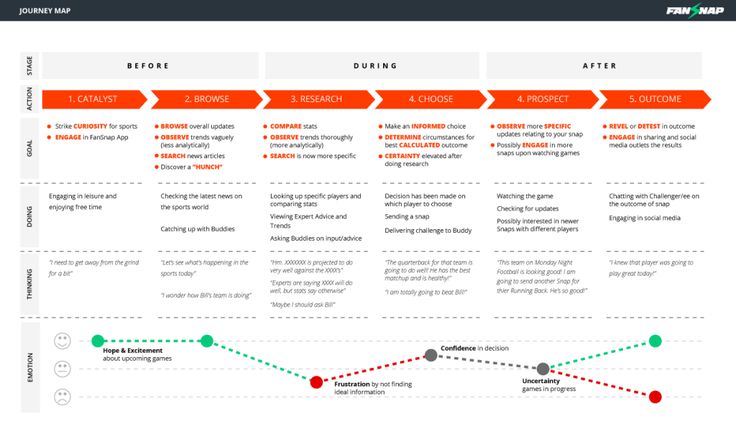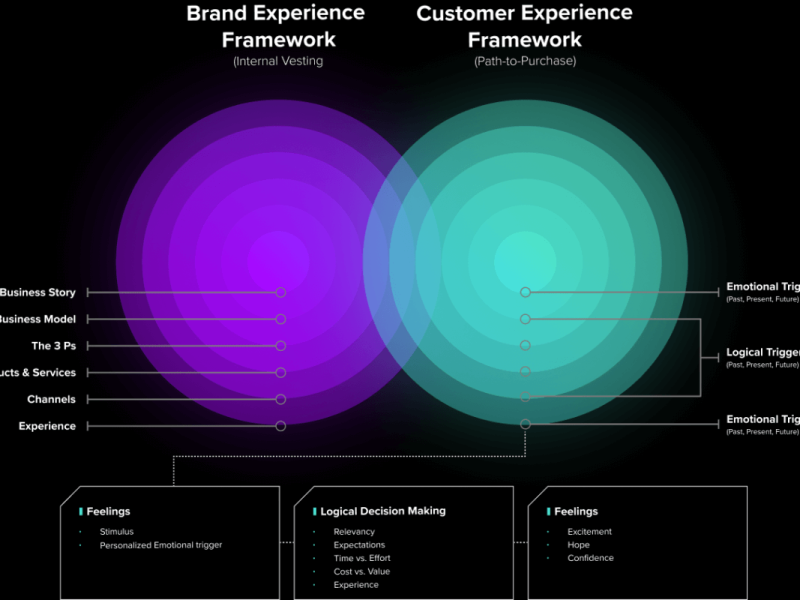Starbucks has become synonymous with coffee culture, blending quality beverages with an inviting experience.
However, maintaining a seamless customer journey requires intentional design, especially in aligning customer touchpoints with their expectations.
This post delves into the first half of the Starbucks customer journey map, focusing on the stages of Enter, Anticipate, and Engage. We analyze touchpoints, identify enriched and poached experiences, and suggest actionable improvements.
The Starbucks Customer Journey
The Starbucks customer journey is more than just a coffee run; it’s a dynamic interaction of sensory, emotional, and functional elements. Each stage has distinct touchpoints that shape perceptions and satisfaction levels. Here, we’ll unpack the journey’s early stages.
Stage 1: Enter
Touchpoints and Observations
- Physical Environment: Customers notice the storefront, parking availability, and ease of entry.
- Poached Experience: Limited parking or crowded entryways create frustration.
- Enriched Experience: Well-maintained exteriors, clear signage, and accessible parking encourage a positive start.
- First Impressions Inside: Aroma, lighting, and cleanliness are immediate sensory cues.
- Poached Experience: Cluttered layouts or overly strong aromas detract from the experience.
- Enriched Experience: A balanced mix of roasted coffee and sweet smells, complemented by ambient lighting, sets a welcoming tone.
Action Points
- Designate specific parking zones near busy locations.
- Regularly audit and optimize lighting and layout to ensure a harmonious sensory experience.
For insights into effective storefront designs, check out this guide on retail store aesthetics.
Stage 2: Anticipate
Touchpoints and Observations
- Waiting in Line: Anticipation peaks as customers queue.
- Poached Experience: Narrow, congested spaces and unclear menu visibility cause anxiety.
- Enriched Experience: Clear pathways, well-placed menus, and efficient queue management enhance comfort.
- Sensory Elements: Customers absorb ambient music, lighting, and room temperature.
- Poached Experience: Music that is too loud or temperatures that feel intentionally cold can alienate customers.
- Enriched Experience: Thoughtfully curated playlists and a balanced climate improve mood and comfort.
Action Points
- Introduce digital queue systems for smoother flow during peak hours.
- Implement soundscapes tailored to customer preferences based on regional data.
Explore Starbucks’ use of sensory branding on Forbes.
Stage 3: Engage
Touchpoints and Observations
- Order Placement: The interaction with baristas is crucial.
- Poached Experience: Feeling rushed or being unable to easily browse the menu hinders decision-making.
- Enriched Experience: Baristas who greet customers warmly and provide recommendations enhance the interaction.
- Payment Process: The culmination of the ordering process.
- Poached Experience: Impersonal payment experiences and long waits for receipts detract from the moment.
- Enriched Experience: Quick, seamless payment methods and baristas addressing customers by name foster connection.
Action Points
- Train baristas to pace their interactions based on customer cues.
- Leverage digital displays for order tracking and encourage app usage for streamlined payments.
Starbucks’ mobile app capabilities are explored in this case study.
Sensory Elements at Play
Throughout these stages, Starbucks leverages sensory touchpoints to influence customer perceptions:
- Aroma: A signature mix of coffee and pastries creates comfort.
- Lighting: Balancing brightness ensures customers feel energized but not overwhelmed.
- Music: Ethereal, soft tunes can either soothe or distract, depending on volume and genre.
By focusing on these sensory details, Starbucks can transition more customers from poached to enriched experiences.
Opportunities for Innovation
- Enhanced Digital Integration:
- Immersive Technology: Utilize augmented reality (AR) to show coffee bean origins or drink-making processes, enhancing transparency and engagement.
- AI-Powered Recommendations: Employ AI within the Starbucks app to provide personalized menu suggestions based on past orders and preferences.
- Customer Comfort Enhancements:
- Modular and Sustainable Design: Implement adaptive furniture that supports both individuals and groups, emphasizing sustainable materials.
- Soundscaped Environments: Integrate customizable soundscapes via personal headphones or app control for a tailored auditory experience.
- Service Design Integration:
- Dynamic Ordering Systems: Add voice-enabled kiosks or app integrations for hands-free ordering.
- Queue Transparency: Provide real-time updates on waiting times, similar to airport boarding systems.
Explore innovative customer experiences in retail on Think with Google.
Closing Thoughts
The Enter, Anticipate, and Engage stages of the Starbucks journey set the foundation for customer satisfaction. By refining sensory touchpoints and addressing pain points with actionable strategies, Starbucks can transform every visit into an enriched experience. In the next part, we’ll explore the stages of Reflect and Exit, providing a holistic view of the journey.
The image above belongs to The Operations Blog.


